Safe Investment
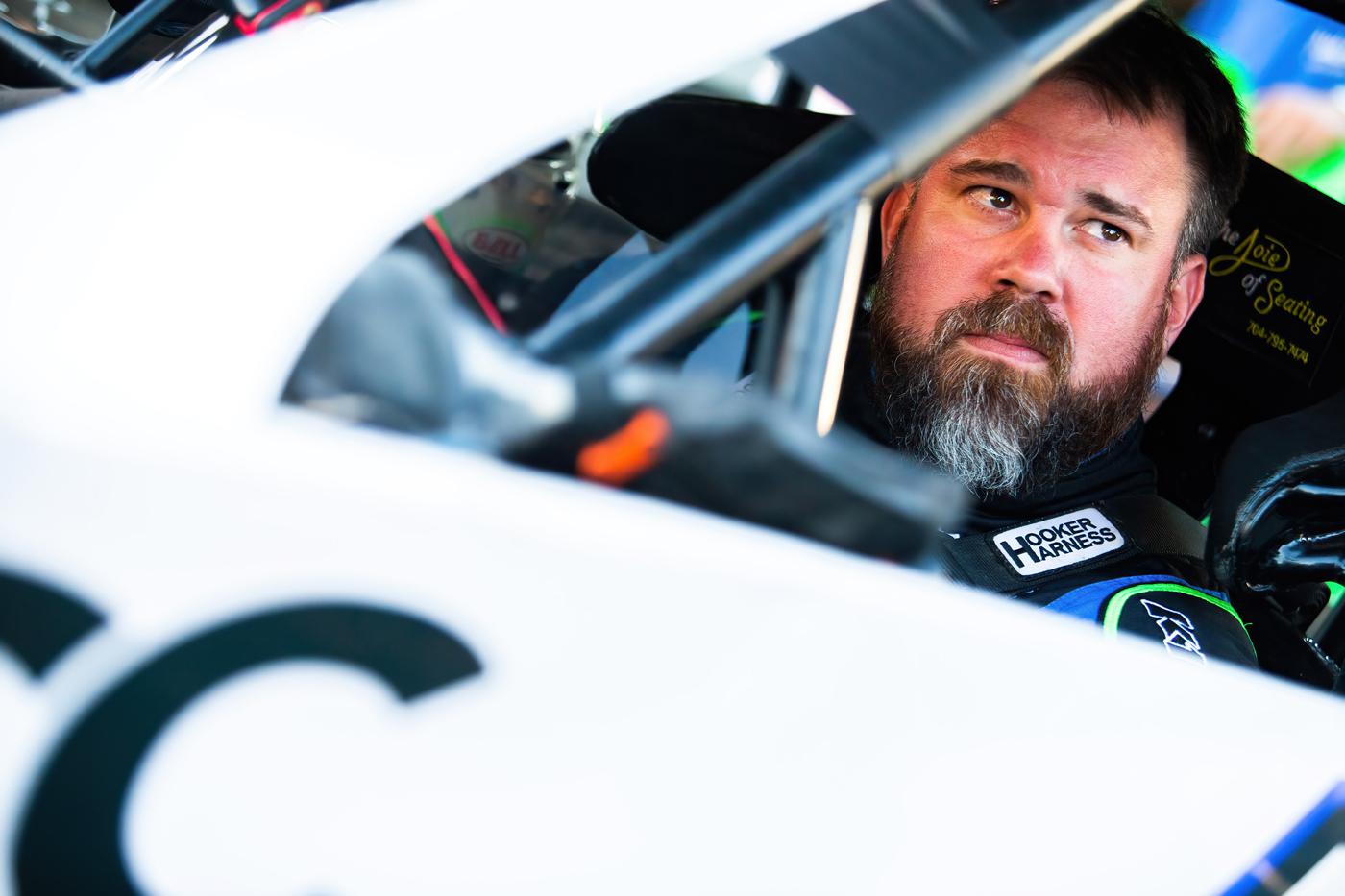
Today’s safety-equipment manufacturers offer something for just about every budget, but should racers spend extra money on safety equipment if rules don’t require it?
How safe is safe enough? That’s the vital question all racers ask themselves at some point when making choices about safety equipment and how much money to spend on it. The question isn’t easy or simple. But it can have profound implications.
Vehicle safety equipment across the board has dramatically improved in recent years, with the lessons of real-world incidents continually applied to making even inexpensive safety gear considerably better than that of a decade ago. Nonetheless, most categories of safety equipment offer numerous price points, which can cloud what exactly racers can expect to get from the added cost.
There are almost always diminishing returns. Spending twice the money rarely, if ever, adds twice the safety.
And the idea of increased safety itself is a nebulous, undefined pursuit that can, at times, be difficult to justify. Many racers routinely struggle to find enough money to even get to the track. So it can be a tough sell to get them to invest in upgraded safety equipment.
These same racers figure that as long as they’re conforming with the bare minimum of the rulebook, they’re safe enough, bolstered by the all-too-common sentiment that “It’ll never happen to me.” For those racers who do have the extra money to spend, many would rather put it toward making their cars faster.
So is it worth spending more on better safety equipment? To answer that question, we talked to some of today’s leading experts on the subject. These sources have been in the business for decades. They’ve seen safety equipment evolve, improve, and grow vastly more sophisticated. Perhaps just as important, most of them have spent plenty of time behind the wheel, competing in motorsports ranging from drag racing to open wheel formula cars.
Along the way, some have felt firsthand the effects of serious crashes that would make even the most jaded spectators wince. These racers’ opinions on safety equipment have thus been forged in the ultimate crucible—the real world of hard hits and battered bodies.
What we learned from these sources was surprising at times. Contrary to what many racers think, spending extra money on better safety equipment isn’t necessarily a choice of safety over speed. In many cases, better safety equipment not only protects better, but it also allows drivers to go faster and race more competitively, resulting in better on-track performance.
Cash for Crashes
Despite all the advantages of better safety equipment, much of it is still purely optional. Sure, rulebooks specify a wide array of different safety equipment, and more are added continually as new situations warrant. But rules often lag behind catastrophes that happen on track.
“Going beyond the rules is never a bad thing,” said John Gentry of Stroud Safety, Oklahoma City, Oklahoma. “There are a ton of things that still generally aren’t required, but they make it safer for the racer. Take, for instance, wheelie bar nets. They aren’t mandatory by any sanctioning body, to my knowledge, but we sell a lot of them. And that makes sense. If a car with wheelie bars has a parachute fail, it goes straight down, the air catches it, and it goes under the wheelie bars, which can make for a really bad day.”
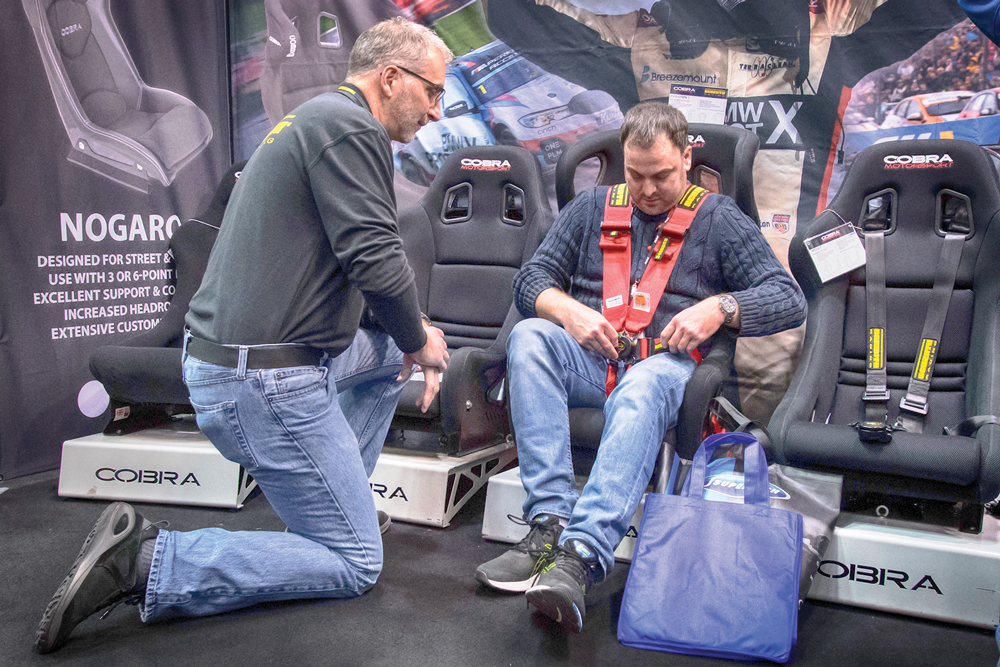
When it comes to a fire suppression system, going beyond the rules is as simple as paying for greater capacity—money well-spent, said our sources. Again, most race rules specify just the bare minimum, but the dollars spent here could easily save the driver’s life in a fire.
“With fire suppression, a sportsman kit is going to have a 5-pound bottle,” explained Gentry. “A 10-pound kit can be more expensive, but it offers double the suppression and double the dispersion time. The quality is the same in both kits, but it’s just more capacity. Personally, I run 20 pounds in my car. Tommy [Cunningham], the owner of the company, runs 40 pounds in his car. We don’t want to catch on fire for any reason.”
Sometimes the cost difference in safety equipment is in the strength of the materials. With fuel cells, for example, bladders have greater strength at higher price points. This means more resistance to puncturing and rupturing in a crash. “FT3- and FT5-certified fuel cells have very different safety ratings and costs associated with each,” noted Ron Ross of Aero Tec Laboratories, Ramsey, New Jersey. “The difference is mostly based on what the bladder can tolerate as far as tear and puncture, being a single roto-molded bladder versus a reinforced ballistic nylon or a Kevlar-reinforced bladder.”
Along with these measures, additional fireproofing of equipment is a wise investment that can be a lifesaver in many situations. Sanction rules typically require only certain key components to be fire-resistant, but much equipment still isn’t generally required to be. Many of those items will burn readily, fueling fires, and possibly impeding drivers from making a rapid egress from a vehicle engulfed in flames. Our experts say that, wherever possible, it’s prudent to spend the extra money on fireproof versions of components, including safety belts, parachutes, and window nets.
Comfort = Safety + Speed
Our sources told us repeatedly that comfort is speed, and that additional money spent on it will yield heightened concentration, improved situational awareness, and faster lap times. The link between comfort and safety may not necessarily be obvious, but it’s a simple dynamic: If drivers are distracted by something, they’ll have a harder time concentrating on what their car is doing and what’s happening on the track, thereby reducing their ability to compete effectively.
“If you’re comfortable, your focus is going to be more on the task at hand, which is driving the vehicle,” said Ben O’Connor of Impact Racing, Indianapolis, Indiana, which manufactures race seats, parachutes, and restraints. “In the back of your mind, you’re fidgeting with whatever it is that’s bothering you. So we always tend to look at comfort as another aspect of safety protection.”
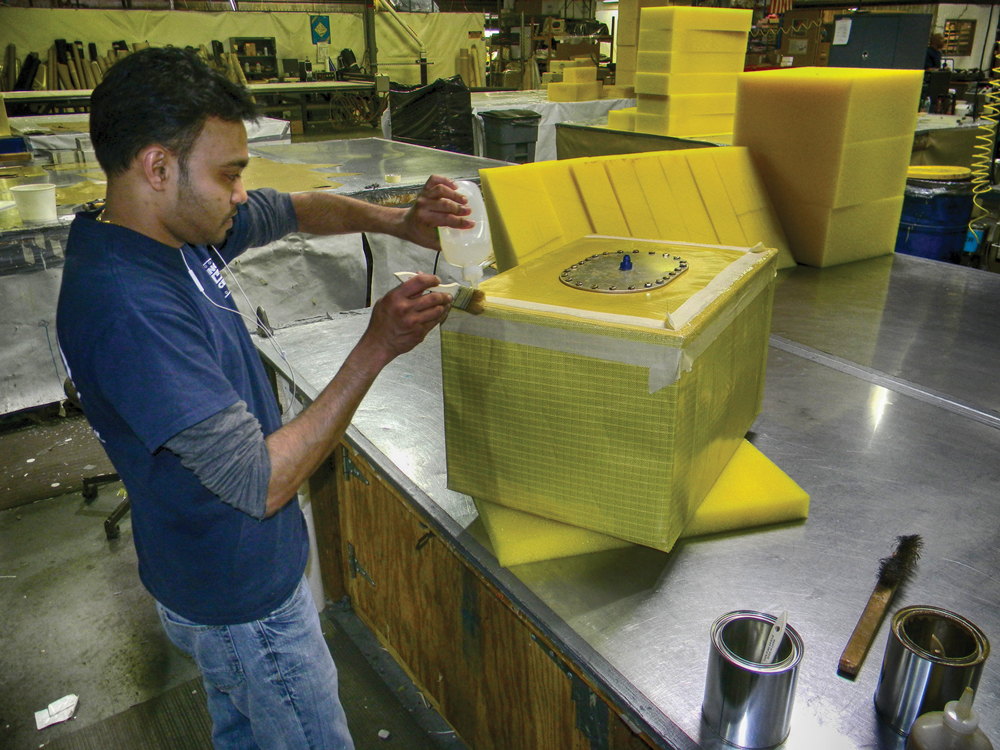
Since every racer’s body is unique, the adjustability of equipment is vital in making it as effective as possible. Higher-priced safety equipment often allows more parameters to be adjusted and with greater precision. On custom seats, for example, drivers can have builders add air pumps in them so they can be adjusted for unique driving styles or changing conditions of the driver.
“If you’re a left-foot braker, for instance, we can put something in the seat’s leg area so that you can pump it up and give your leg additional support there,” explained Gayle Gaborsky of Speed Seat Factory, Delafield, Wisconsin. “That gives you support to keep your left leg pushed over. Otherwise, you’re engaging a muscle for the whole race.”
In addition, more expensive safety equipment is typically built with greater precision, using better materials and more sophisticated designs that allow a finer degree of adjustment. This can be vital to both driver comfort and overall safety. For example, safety belts provide maximum protection when they’re as tight as possible. So if a safety belt can be tightened more precisely, with less effort, and it stays adjusted for the duration of the race, drivers are less likely to have loose, ill-fitting belts.
“There’s definitely a cost benefit in a more expensive restraint,” said O’Connor. “It can be difficult to understand that. The customer may just be looking at a picture on the website and asking, ‘Why is this restraint $200 and the other one is $120?’ A lot of it comes down to higher-quality webbing and better adjusters.
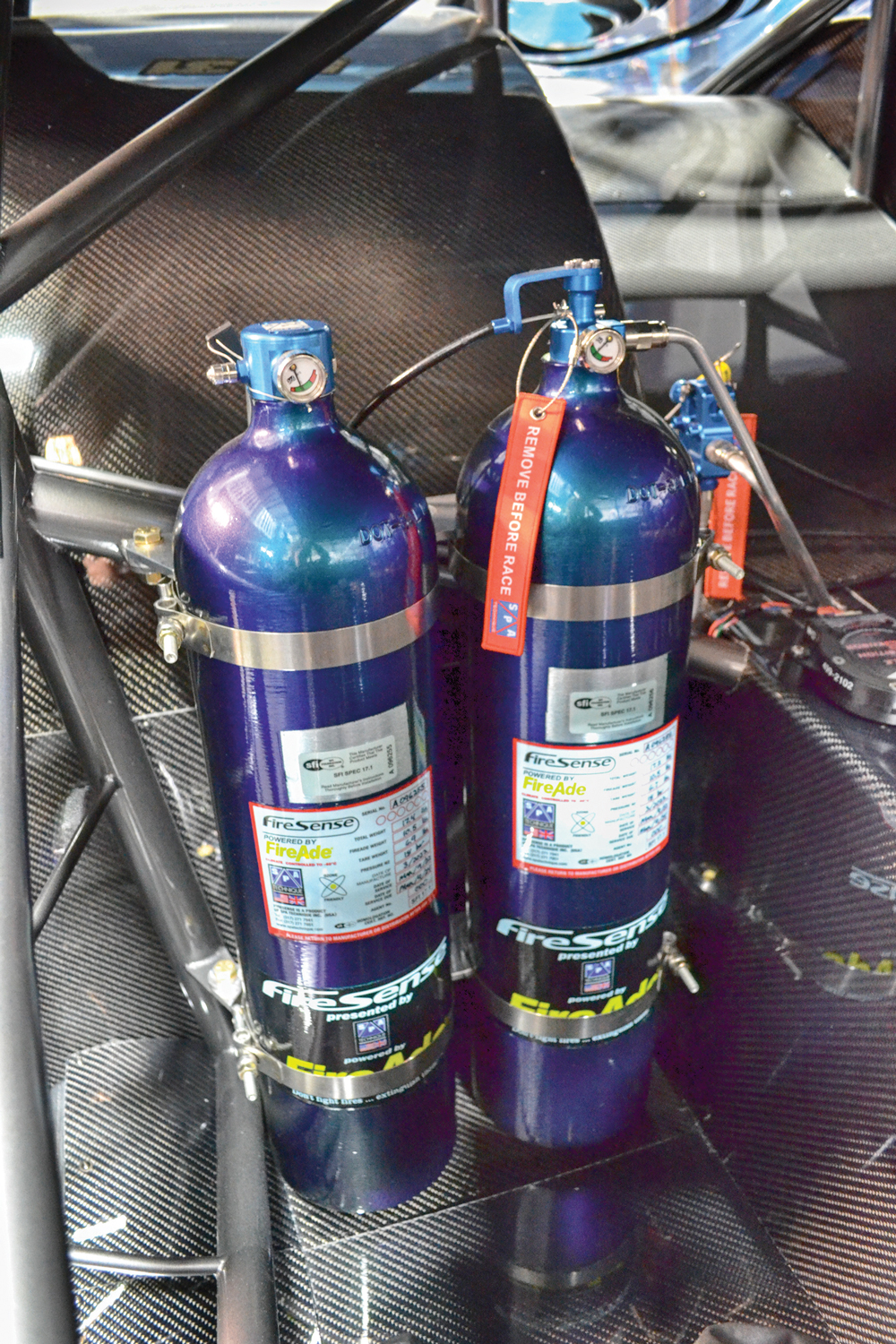
“We’ve spent quite a bit of effort on restraints,” continued O’Connor. “Obviously, they need to work well in an event, but they should also be easy to adjust. Our adjusters are very smooth and easy to tighten. Entry-level restraints typically use basic, all-steel roller adjusters, and they can be a little difficult to get tight. They really take some effort, with weird angles and things like that.”
Safety equipment that comes into contact with a driver’s body can significantly influence his or her ability to sense what the car is doing and react appropriately. According to our sources, custom-made equipment that conforms to the driver’s exact physique can therefore offer a tremendous advantage. Besides increasing safety, this can result in reduced lap times and better performance.
“If you’re not supported, and you’re moving around, you don’t know what the car is doing because half of it isn’t the car, it’s just you moving in the seat,” said Gaborsky. “But when you’re one with the car, you know exactly what it’s doing. Our seats are a custom-molded product. We’re molding you in your car, so you feel everything you may not have been aware of before.
“We’re so confident in the way we position you and how you’re going to be able to drive better, that we say you’ll be one second faster no matter what,” continued Gaborsky. “Drivers will come back, and we will ask, ‘Well, how was the seat?’ And they will say things like, ‘On my home track, I was three seconds faster.’”
Buy it Once
Higher-priced safety equipment can prove to be an investment over the long haul. Cheaper equipment is generally built with lower-quality materials, which aren’t designed to have the same durability as premium materials. Of course, the upfront costs tend to be higher for better gear. But our sources agreed that, over the long term, it’s an investment that pays off because racers don’t have to keep re-buying these newer, yet low-cost items.
“There’s no real lifespan on our seats,” noted Gaborsky. “They’re made of multi-impact, self-extinguishing, nonflammable resilient foams, so they’ll move in an incident and go right back to the original shape. They’re fixable—repairable. I’ve got a seat here that’s nine years old. Yes, the cover looked quite worn after all that time. But we recovered it, fixed and repaired anything that needed to be done, and it’s fine.”
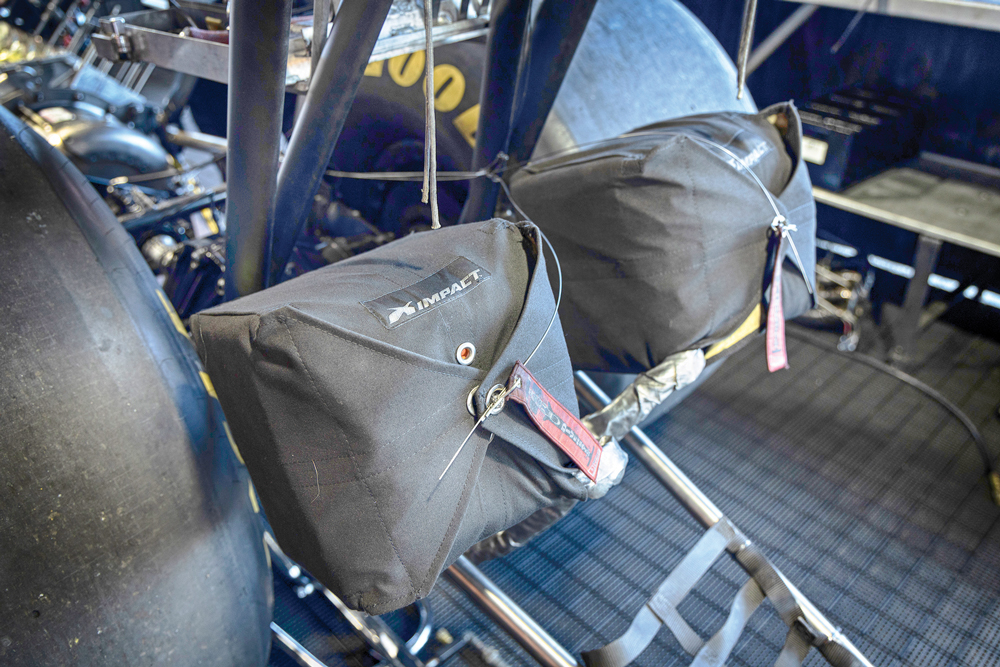
At the same time, lower-cost safety equipment can demand unexpected hidden costs. For example, most off-the-shelf racing seats are built with a square profile. They require a seat insert to conform the seat to the curves of the driver’s body. In contrast, more expensive contoured seats and custom-made seats don’t need this added expense.
“When you have a square seat, you can’t do what I can with my seats by making the body fit,” explained Randy LaJoie of The Joie Of Seating, Concord, North Carolina. “With a cheaper seat, you have to buy an insert to make your body be in full contact with the seat. Everybody knows that if your body is in 95% contact with the seat, you can take the load better. You’re not going to have pressure points. Those inserts typically cost anywhere from $150 to $1,500.”
That said, the advantages of better safety equipment go unnoticed if drivers don’t know about them, or don’t know how to use these components effectively. For this reason, the expertise of pros in the industry can be vital when choosing safety gear. Custom-made equipment typically provides the highest degree of input from such experts.

“We’re experts on driver seating position,” explained Gaborsky. “We’re not going to put you in a position you’re uncomfortable with, but we know where you have to be in the car. A lot of people really don’t know where they’re supposed to be, so we explain the entire process with drivers when we build seats for them.”
Ultimately, drivers need to find their own most effective balance between safety and cost. Like anything, a virtually unlimited amount of money can be spent on safety equipment, and that’s an extreme even the best teams avoid. But before choosing low-price safety equipment, racers need to pay close attention to what they’re giving up by economizing.
Good safety equipment can allow drivers to go faster, compete more effectively, and enjoy the sport more. But ultimately, it comes down to protecting the driver’s life. And that alone is worth the additional expense.
“After 32 years of racing, I had a drag car get away from me,” recounted O’Connor. “It managed to cross the track and knock the Jersey barrier backward. I hit it somewhere in the 160–165-mph range. And that knocked the car up on its roof, where it slid 300 feet to a halt. Everybody says, ‘It won’t happen to me.’ But it’s smart to just assume it will and get the best stuff you can.”
SOURCES
Aero Tec Laboratories
atlinc.com
Impact Racing
impactraceproducts.com
Speed Seat Factory
speedseatfactory.com
Stroud Safety
stroudsafety.com
The Joie Of Seating
thejoieofseating.com
 MEMBERSHIP LOGIN
MEMBERSHIP LOGIN JOIN PRI
JOIN PRI


